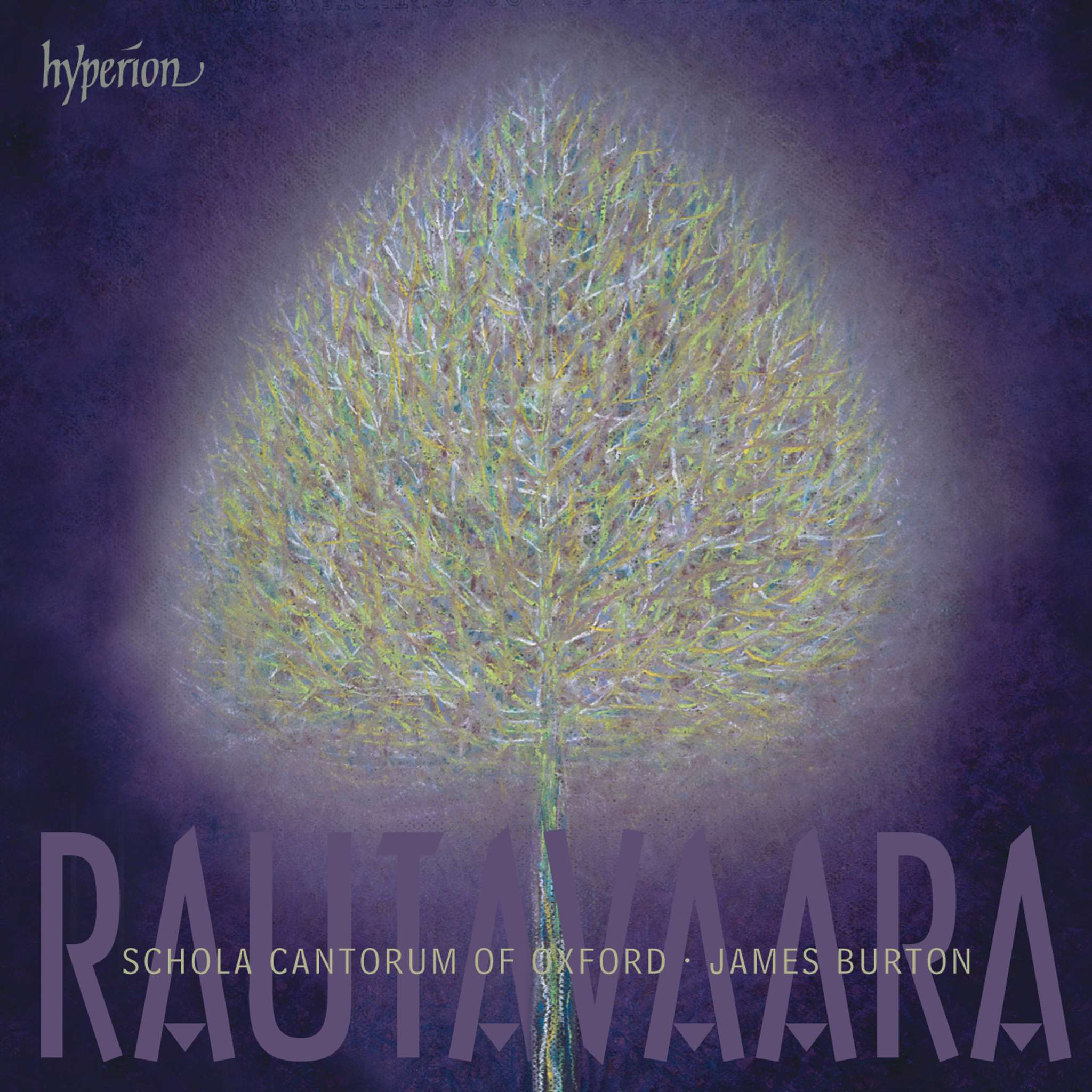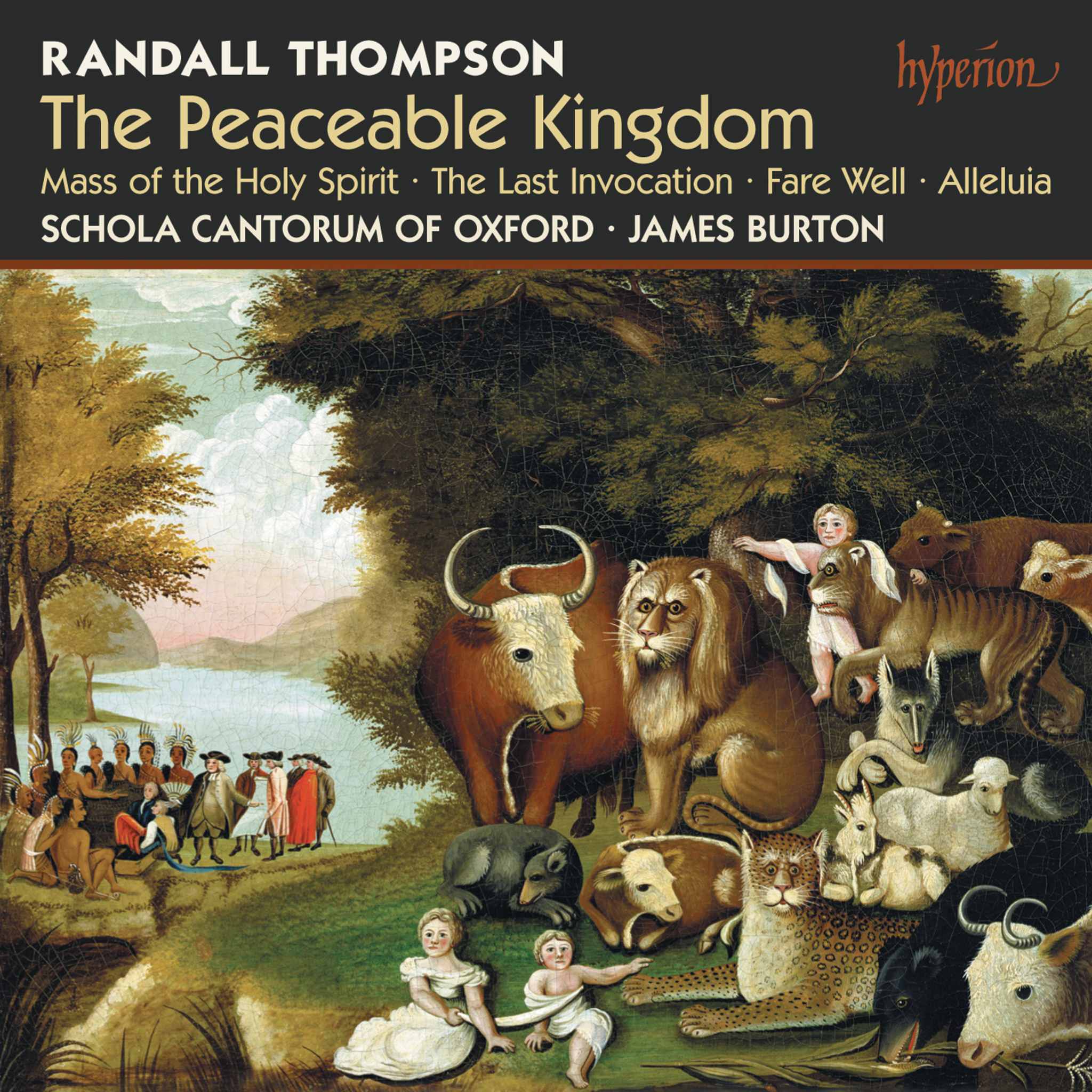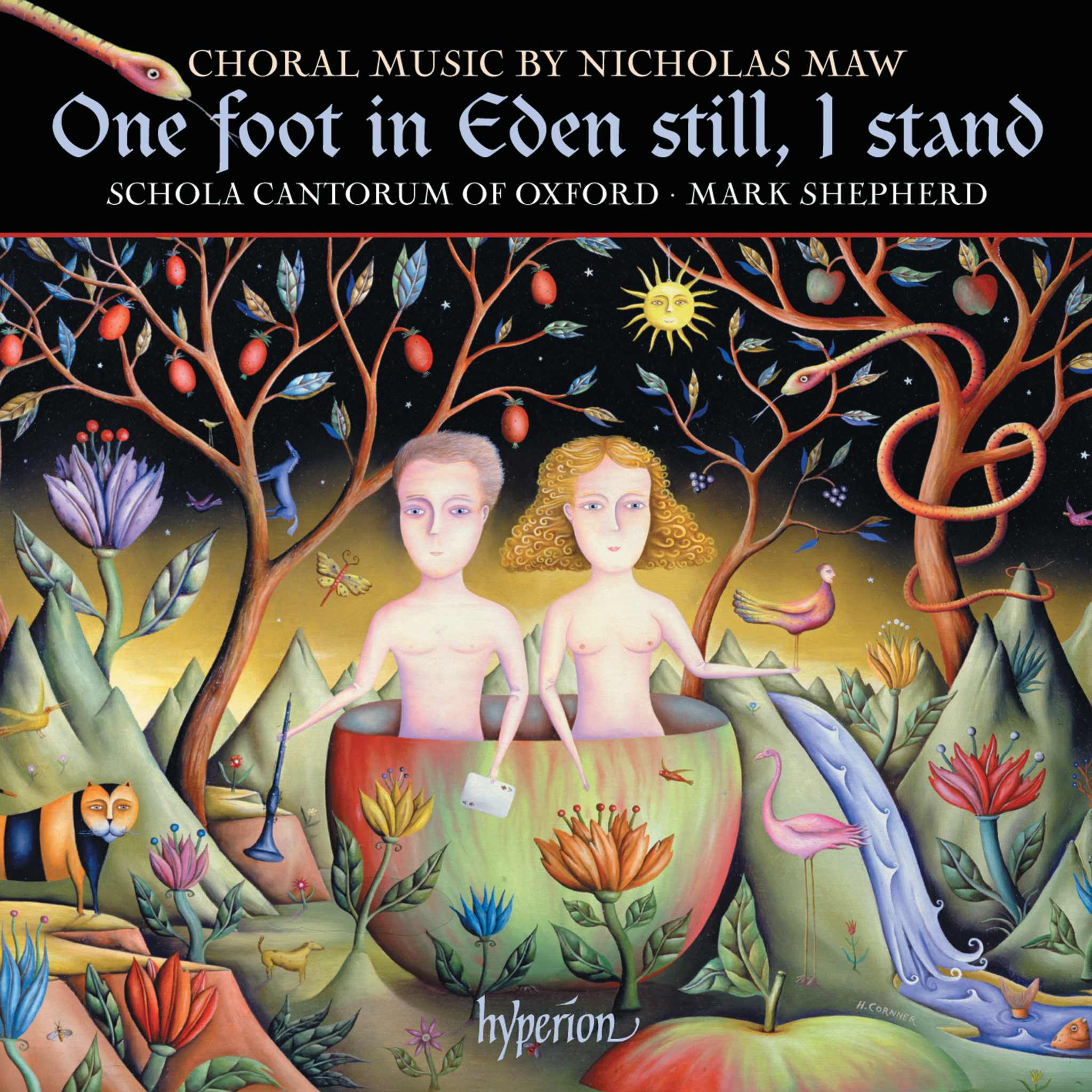Album insights
Alles, was ich erfahren habe, prägt mich. Diese Deutung einer Zeile aus Tennysons Ulysses macht deutlich, wie eng Künstler miteinander verbunden sind – sei es durch bewusste Anerkennung oder durch die Übernahme von Stilelementen. Besonders unter Pianisten-Komponisten wie Rachmaninow und Medtner werden melodische Einfälle und Motive wechselseitig ausgetauscht, wodurch sich ein Netz künstlerischer Einflüsse über Generationen hinweg spannt und in zahlreichen Zitaten manifestiert.
Marc-André Hamelin verkörpert als Pianist und Komponist diese Verbindung in außergewöhnlicher Weise. Seine überragende Technik und das tiefgründige Verständnis für musikalische Strukturen gehen weit über bloßes Üben hinaus. Er lässt sich von vielfältigen Musiktraditionen inspirieren, etwa vom brasilianischen 'Tico-Tico no fubá' oder den Etüden Chopins, und erschafft daraus eigenständige Transkriptionen und Variationen. In seinen Werken verschmelzen diese Einflüsse, während er zugleich subtil auf Komponisten wie Alkan, Rachmaninow oder Reger anspielt.
Mit analytischem Gespür durchdringt Hamelin die Klavierliteratur und interpretiert bekannte Themen stets neu. Sein Repertoire reicht von Paganini über Liszt bis Kapustin und Warlock. Seine Kompositionen zeichnen sich durch formale Klarheit, klangliche Experimente und virtuose Gestaltung aus. Durch kunstvolle Abwandlungen und Improvisationen lässt Hamelin den Geist vergangener Meister wiederaufleben.
Seine musikalischen Werke sind geprägt von einer reichen Palette harmonischer Nuancen, die von barocken bis zu jazzigen Elementen reicht. Mit origineller Kreativität und beeindruckender Virtuosität präsentiert er Stücke wie die 'Chaconne' oder die 'Toccata über L’homme armé' als Würdigung großer Musiker der Vergangenheit. Seine Bearbeitungen und Variationen spiegeln eine tiefe Verbindung zur Musikgeschichte und ein feines Gespür für klangliche Innovation wider.
Hamelins Kompositionen sind mehr als reine Musikstücke – sie sind Ausdruck seiner Wertschätzung und Bewunderung für die Meister früherer Zeiten. Mit jedem Werk hält er das musikalische Erbe lebendig und schafft so eine künstlerische Brücke zwischen Tradition und Gegenwart.




